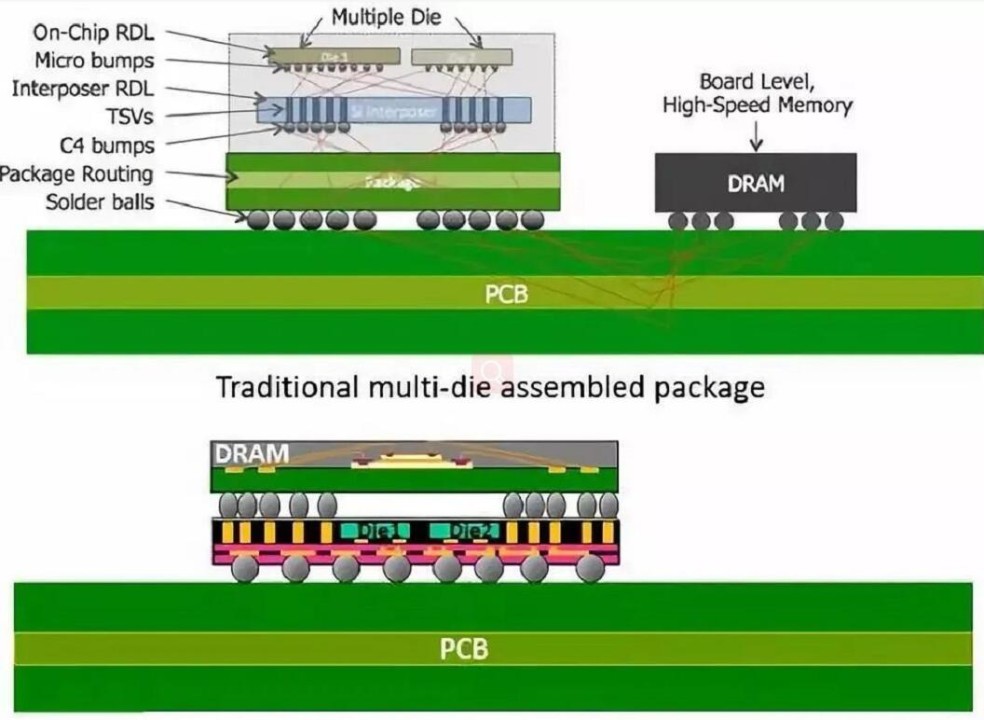Industry sources have revealed that Samsung Electronics is increasing its focus on the fan-out (FO) wafer-level packaging segment and plans to establish production lines in Japan. There are market speculations that Samsung is considering a $75 million investment in constructing an advanced packaging and test line in Kanagawa, Japan, and is looking to strengthen ties with Japanese chipmaking equipment and materials suppliers. This move is part of Samsung's efforts to enhance its competitiveness against TSMC and Intel in the advanced packaging field.

TSMC is known for its strength in wafer-level packaging, with customers willing to pay a premium for its one-stop "risk management" approach. As a pure-play foundry, TSMC has also gained customer trust and favor easily. However, industry observers are skeptical about Samsung's ability to catch up with TSMC in the advanced packaging area. Nevertheless, Samsung has an advantage in the HPC (high-performance computing) heterogeneous integration supply chain, which includes carrier boards and memory.
While Samsung claims to be the first to enter the GAA (gate-all-around) generation in terms of wafer manufacturing process, there are still challenges in terms of yield and customer adoption that depend on its advanced packaging capabilities, according to observers. As a result, Samsung is motivated to strengthen its wafer-level technology capability and explore investments in FO wafer-level packaging.
Currently, TSMC dominates the global FO packaging market with a market share of nearly 77%, securing advanced packaging orders for mobile and HPC device applications. TSMC's InFO_PoP, a derivative of its integrated wafer-level fan-out packaging (InFO) technology, has helped the foundry win exclusive one-stop orders from frontend manufacturing to backend, including from Apple. InFO_PoP remains the largest volume capacity representative of fan-out packaging technology.
Other OSATs (outsourced semiconductor assembly and test) companies, including ASE Technology (ASEH), Amkor Technology, and China's JCET, also have their own FO packaging technologies and are eyeing more orders for handset application processors, according to sources. Among them, ASEH with its FOCoS and FO-EB packaging has gained traction in the supply chain of vendors such as AMD.
According to Yole Developpement, FO packaging revenue is expected to grow at a compound annual growth rate (CAGR) of 12.5% from 2022 to 2028.







